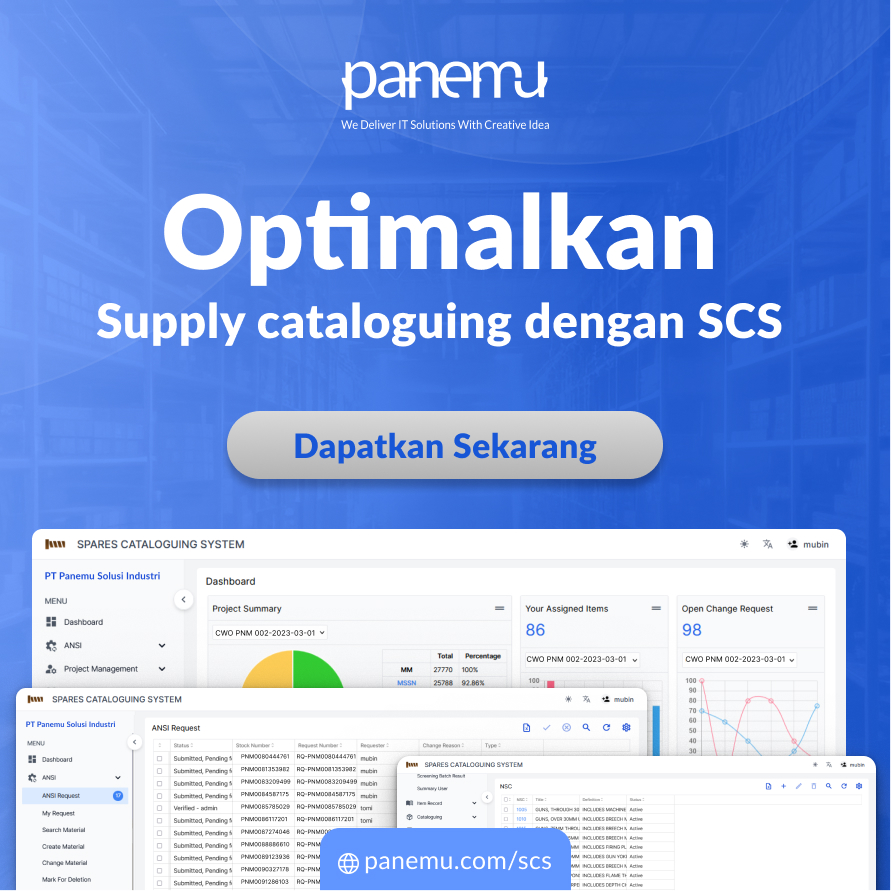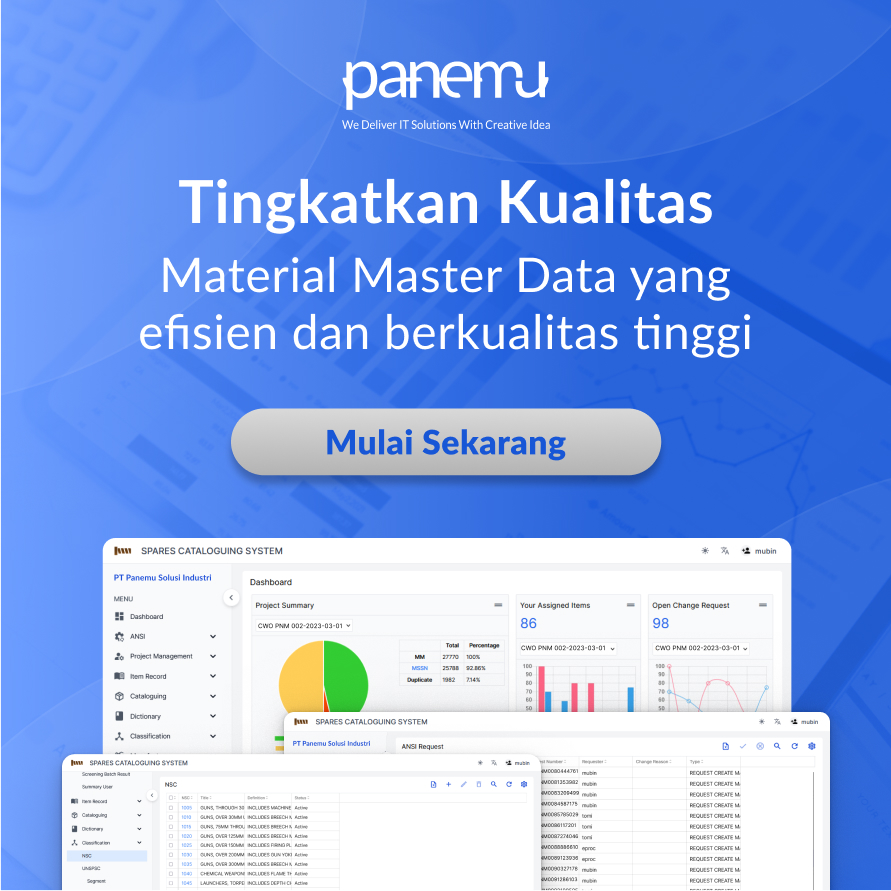In an industrial world where precision, uptime, and informed decision-making determine competitiveness, the management of data is no longer an auxiliary concern—it is central. Data Governance, often viewed merely as a set of compliance checkboxes, in fact holds the reins of operational efficiency, risk reduction, and strategic agility, especially in the Maintenance, Repair, and Operations (MRO) environment. This article invites you to delve beyond definitions and explore Data Governance as a powerful enabler of excellence in industrial ecosystems.
Understanding the DNA of Data Governance in MRO
In its essence, Data Governance is the architecture of authority and control over data assets. Within the MRO context, this means defining who can create, access, modify, and remove information across systems managing spare parts, maintenance histories, inventory levels, technical documentation, supplier credentials, and more. Far from being an abstract concept, Data Governance is a living protocol that ensures data integrity, quality, availability, and security—critical for industries reliant on machinery and continuity.
MRO data tends to be complex, vast, and highly dynamic. It involves a myriad of stakeholders, from procurement and warehouse personnel to technicians and compliance officers. Without strong Data Governance, MRO data can become fragmented, duplicated, misclassified, or outdated—leading to inefficiencies, unsafe operations, and inflated costs.
The Foundation Stones: Core Pillars of Data Governance
Establishing a resilient Data Governance framework for MRO operations involves building around several interdependent pillars:
1. Data Ownership and Stewardship
Assigning clear data ownership ensures accountability. In MRO, this might mean designating the engineering team to govern technical specifications, while logistics manages item categorisation. Data stewards act as custodians, maintaining consistency and relevance across systems.
2. Data Quality Management
Inaccurate part numbers, misspelled material names, or inconsistent units of measure can lead to equipment downtime or procurement delays. Implementing data cleansing routines, validation rules, and audit trails is essential to sustain quality over time.
3. Metadata and Classification Standards
Using international standards like UNSPSC or eCl@ss, organisations can structure their material master data for consistent use across ERP, CMMS, and cataloguing platforms. Functional use cases include streamlining automated reordering processes or enabling predictive maintenance analytics.
4. Access Control and Data Security
Only authorised personnel should access or alter sensitive maintenance schedules or safety-critical component specifications. Role-based access models and system-level encryption protocols form the backbone of responsible governance.
5. Data Lifecycle Management
MRO data must be continuously assessed for relevance. Obsolete parts, superseded components, or retired machines should trigger workflows that either archive or safely purge records. Lifecycle management supports leaner inventories and cleaner reporting.
6. Policy Frameworks and SOPs
Documentation of data handling protocols, naming conventions, and exception management rules helps embed governance into daily routines. Functional use: onboarding new employees into SAP-based MRO systems becomes seamless with clear SOPs.
Unlocking the Value: Why Data Governance Matters in MRO
Beyond compliance or database hygiene, Data Governance in MRO delivers tangible value in ways often overlooked:
Optimised Inventory Management
With consistent naming, classification, and availability of material data, duplicate entries are eliminated and stock levels can be fine-tuned to actual consumption patterns.
Improved Maintenance Planning
Accurate historical data and reliable equipment hierarchies empower maintenance teams to plan proactive interventions, minimise downtime, and extend asset life.
Seamless Digital Transformation
Whether integrating a new CMMS or deploying IoT sensors, Data Governance ensures a coherent data structure that accelerates digital initiatives.
Regulatory and Safety Compliance
Industries governed by strict operational standards (like aerospace or pharma) must ensure traceability and documentation accuracy—made possible through strong governance models.
Cost Reduction and Supplier Rationalisation
Clean and centralised data allows procurement teams to identify supplier overlaps, negotiate better contracts, and consolidate purchases.
Empowered Analytics and AI Initiatives
From failure prediction models to spare part usage trends, quality-governed data is the fuel for trustworthy and insightful analytics.
Functional Use Cases: Data Governance in Action
To bridge theory with practice, here are common functional scenarios where Data Governance manifests in real-world MRO operations:
- Part Master Normalisation: Harmonising item descriptions, units of measure, and technical attributes across hundreds of thousands of SKUs in a global manufacturing firm.
- Critical Spares Identification: Filtering MRO data to flag which items are mission-critical, enabling fast-track sourcing protocols.
- Duplicate Detection Engine: Using algorithms to detect and merge duplicate part entries, reducing inventory bloat and confusion.
- Standardised Vendor Codes: Consolidating vendor master data across regional units for unified procurement control.
- Cross-System Data Syncing: Aligning data between ERP and EAM platforms to ensure maintenance teams and planners work with the same information.
- Legacy Data Cleansing: Before system migrations (e.g., to SAP S/4HANA), legacy MRO datasets are cleansed, deduplicated, and enriched.
- Asset-BOM Mapping: Ensuring bills of material (BOMs) for maintenance are accurately tied to specific assets, enhancing repair accuracy.
The Human Element: Embedding Governance into Culture
While systems and standards are indispensable, the success of Data Governance ultimately hinges on people. Building a data-conscious culture is essential:
- Education and Training: Equip teams with knowledge about data structures, cataloguing logic, and business impacts of poor data.
- Cross-functional Collaboration: Foster communication between maintenance, procurement, IT, and inventory control to align governance goals.
- Governance Councils: Establish cross-departmental teams that routinely review data issues, prioritise fixes, and monitor compliance.
- Change Management: Recognise resistance to new data practices. Apply change management techniques to encourage adoption.
Strategic Considerations for Long-Term Success
Adopting Data Governance in MRO isn’t a one-time initiative. It’s a continual process that should evolve with your organisation’s maturity, tools, and workforce:
- Assess Governance Maturity Regularly: Use maturity models to evaluate current practices and define roadmaps for improvement.
- Leverage Automation Wisely: Data cleansing tools, AI-based classification engines, and RPA for data input validation can scale your efforts.
- Integrate with Risk Management: Treat poor data quality as a business risk—assign ownership and mitigation plans accordingly.
- Invest in Scalable Frameworks: Ensure governance models can flex with organisational growth or system expansion.
When seen not as bureaucracy but as a strategic function, Data Governance transforms MRO from reactive firefighting to precision-driven performance. It clears the fog between data chaos and operational clarity, illuminating a path towards resilience, sustainability, and competitive agility.
For organisations looking to strengthen their MRO data foundations, consider exploring the Cataloguing Services offered by Panemu. These services ensure your data is not only accurate but also structured to global classification standards, unlocking operational efficiencies across platforms.
Additionally, the Smart Cataloguing System (SCS) by Panemu offers an intelligent, scalable solution tailored to MRO complexity. From automated classification to real-time governance insights, SCS empowers your teams to govern with confidence and clarity.
By investing in the stewardship of your data today, you are crafting the operational excellence of tomorrow.

